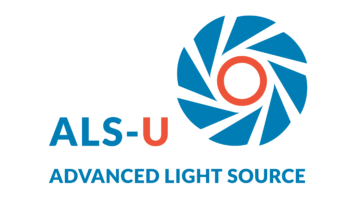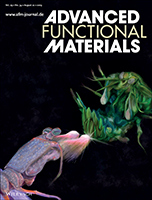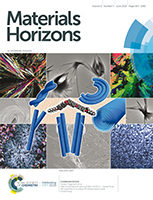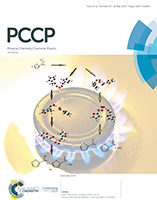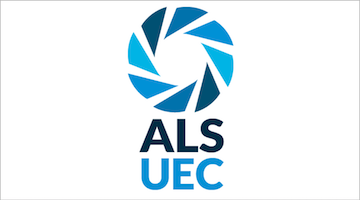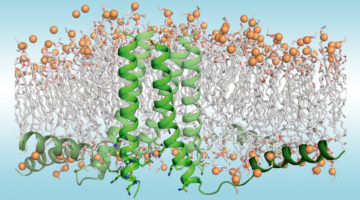The ALS-U Project has been weighing which technology to implement to have the best chance of preserving the ALS’s highly valuable and productive tender and hard x-ray programs after the ALS is upgraded. Taking into account both user needs as well as the project’s technical risk, schedule, and cost, we have decided to move forward with permanent magnet (3.2 T) source points. Read more »
All News & Updates
The Stomatopod Telson: Convergent Evolution in the Development of a Biological Shield
In this article, researchers identify multiscale structure‐mechanical property relationships within the shield-like exoskeletal telson structure of the mantis shrimp, used for defense and protection. Comparison of telsons from two evolutionarily divergent species reveal differences in macromorphology, cuticle thickness, and mineralization, imparting compressive stiffness as well as compliance for energy absorption. Read more »
Heliconical-layered nanocylinders (HLNCs) – hierarchical self-assembly in a unique B4 phase liquid crystal morphology
Morphology is of critical importance for molecular crystals, drug molecules, alloys, and elements in the periodic table. We here demonstrate how very subtle structural changes in a set of bent-core liquid crystals lead to rather complex hierarchical superstructures driven by changes in molecular conformation. Read more »
Peroxy self-reaction leading to the formation of furfural
Furan and its alkyl derivatives, such as methylfuran (2MF), have been identified as valid alternative biofuels. This study focuses on the self-reaction of the peroxy radical generated in the first oxidation step of 2MF. The mass spectrometry data reveal that furfural is the dominant product of 2MF oxidation. Various reaction mechanisms for furfural formation are proposed here. Read more »
Clues to the Early Solar System Preserved in a Meteorite
Scientists analyzing a tiny carbon-rich pocket inside a meteorite found unexpected chemical signatures. Their findings are the first direct evidence that material from the outer solar system may have traveled inward long before planets formed, providing insight into the early solar system. Read more »
2019 ALS User Meeting Award Nominations Due June 28
The ALS Users’ Executive Committee invites nominations from everyone—including students, postdocs, PIs, and staff—for the 2019 ALS User Meeting Awards. Consider preparing a brief nomination for a deserving colleague. In addition to the award plaque, there will be a cash prize associated with each award. Read more »
Former Director Roger Falcone Elected to the National Academy of Sciences
Roger Falcone, who led the ALS for 11 years, has been elected to the National Academy of Sciences. In addition to his contributions at Berkeley Lab, he is also a professor in the UC Berkeley Physics department and past-president of the American Physical Society. Congratulations, Roger! Read more »
May 2019 Message from the UEC
Alex Frañó, the vice chair of the Users’ Executive Committee (UEC) for 2019, reports on the most recent UEC meeting, discusses a letter of support for light source facilities, and announces a new communication tool for users. Read more »
Breakthrough in Membrane-Protein Design Settles Long-Standing Debate
Scientists characterized designed membrane proteins to better understand the forces that stabilize these large, complex structures. The results necessitate a rethinking of membrane-protein biophysics and could lead to better therapies for related illnesses as well as functional membrane proteins for engineering applications. Read more »![]()
![]()
Shawn Sallis, Materials Science Postdoctoral Fellow
After completing his Ph.D. in materials science at Binghamton University, Shawn Sallis joined the ALS as a postdoc. For the last four years he’s worked with Wanli Yang on higher-capacity batteries. Read more »
- « Previous Page
- 1
- …
- 80
- 81
- 82
- 83
- 84
- …
- 139
- Next Page »
